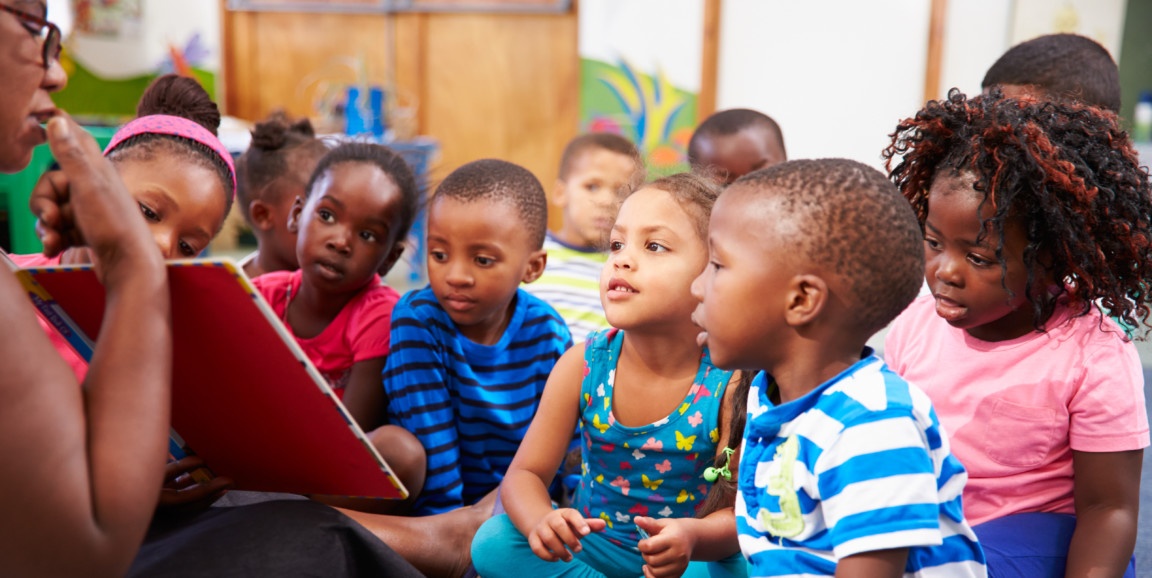It probably comes as no surprise that kids see the world differently from adults, or that the difference in viewpoint extends to how they see things like words. What may come as a surprise is that to most easily process the words they see, they need to look slightly up and to the left.
What's more, that difference -- and associated changes in the high-level brain circuits responsible for processing words and faces -- could help researchers better understand how kids learn to read and help them address disorders like dyslexia and autism.
The original point of the study, says lead author Jesse Gomez, a graduate student in the Neurosciences PhD Program in the School of Medicine, was to understand how high-level visual processing for words and faces changes as we grow up, something that hasn't been studied much before. Gomez, Kalanit Grill-Spector, PhD, a professor of psychology, and colleagues used a mix of fMRI brain scans and behavioral experiments to investigate and found a number of intriguing changes between the kids in their study, all between 5 and 12 years old, and a group of adults between 22 and 28. As I write in a Stanford News story:
In adults, the visual circuits for both words and faces looked for those things straight ahead - just as the scientists expected.
But the situation is different in children. For one thing, children's circuits for words process a different region of the visual field, one that is shifted down and to the right, compared to adults. That means that in order to process words most efficiently, kids would need to look a bit up and to the left.
There are also some intriguing differences between vision circuits on left and right sides of the brain, Gomez said. In children, both sides respond fairly similarly to words and faces. But by young adulthood, the left side is more responsive to words, while the right is more responsive to faces, especially when those things are in the center of vision.
Those observations might possibly lead to new ways to teach kids to read or to treat disease, although Gomez says we need to understand more about what's going on first:
'There could be a more optimal strategy if we catered to the differences children have from adults,' Gomez said, or 'it could be that this is the natural course of development,' in which case adjusting how we teach kids to read, for example, could be counterproductive.
Photo by Getty Images




